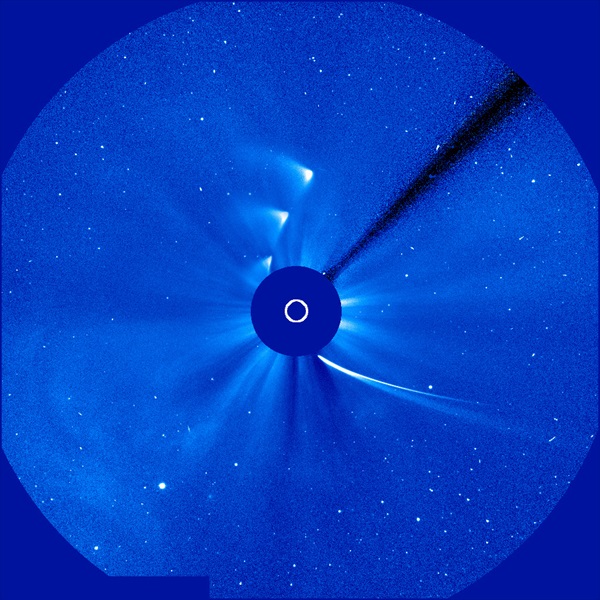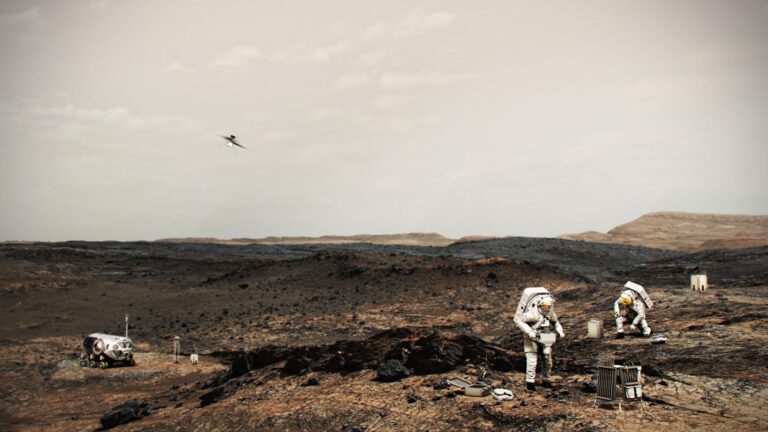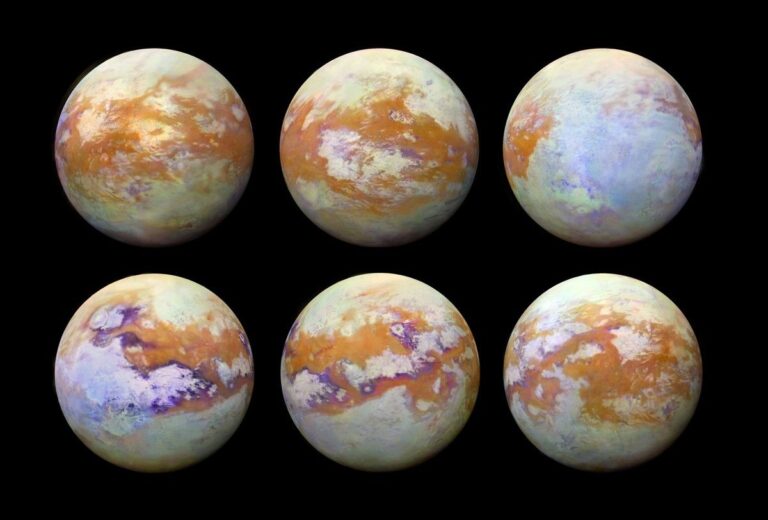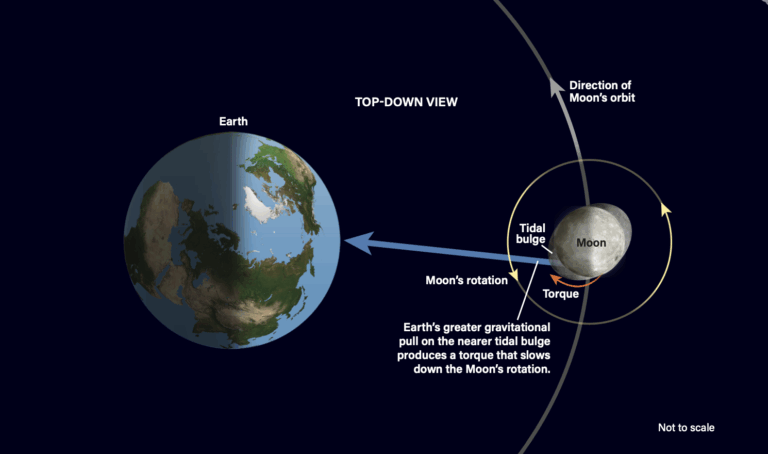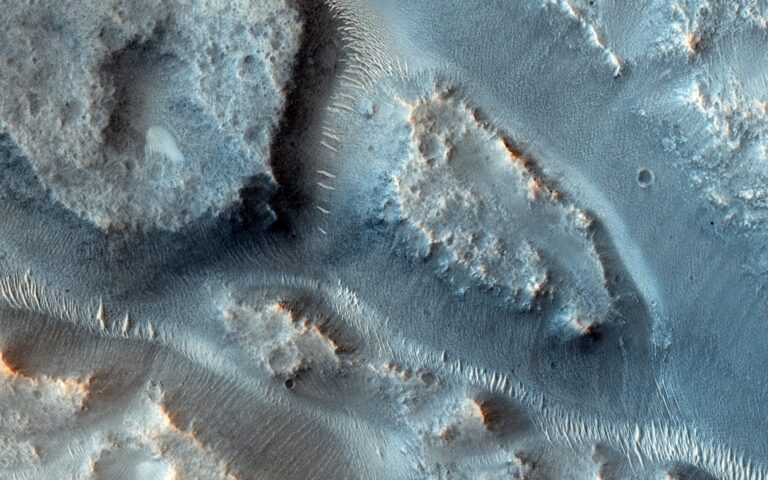Key Takeaways:
Continuing a history of surprising behavior, material from Comet ISON appeared on the other side of the Sun on the evening on November 28, 2013, despite not having been seen in observations during its closest approach to the Sun.
As ISON appeared to dim and fizzle in several observatories and later could not be seen at all by NASA’s Solar Dynamics Observatory or by ground-based solar observatories, many scientists believed it had disintegrated completely. However, a streak of bright material streaming away from the Sun appeared in the European Space Agency and NASA’s Solar and Heliospheric Observatory later in the evening. The question remains whether it is merely debris from the comet, or if some portion of the comet’s nucleus survived, but late-night analysis from scientists with NASA’s Comet ISON Observing Campaign suggest that there is at least a small nucleus intact.
Throughout the year that researchers have watched Comet ISON — and especially during its final approach to the Sun — the comet brightened and dimmed in unexpected ways. Such brightness changes usually occur in response to material boiling off the comet, and different material will do so at different temperatures thus providing clues as to what the comet is made of. Analyzing this pattern will help scientists understand the composition of ISON, which contains material assembled during the very formation of the solar system some 4.5 billion years ago.

